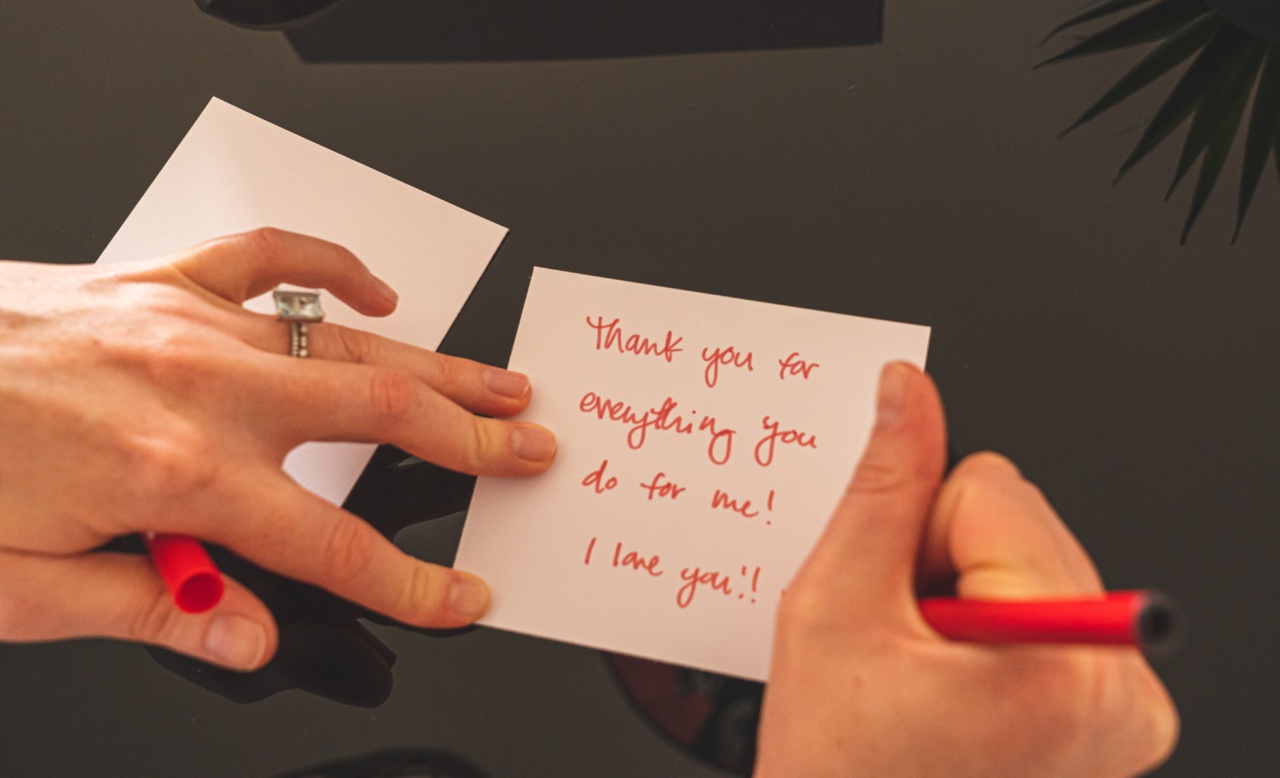Protecting our skin from the sun’s harmful rays is essential for maintaining healthy skin. Sunscreen is the most effective method to prevent skin damage, including sunburn, premature aging, and skin cancer.
However, recent studies show that many people make a common mistake when applying sunscreen, putting their skin at risk of sun damage.
Not applying enough sunscreen
It’s common knowledge that we should apply sunscreen before going out in the sun. However, it’s not enough to just apply a little sunscreen to our skin.
Many studies show that most people do not apply enough sunscreen, spreading it too thin and not using an adequate amount to protect their skin.
The American Academy of Dermatology recommends using at least one ounce (about a shot glass worth) of sunscreen to cover the body’s exposed areas. For the face, use a nickel-sized amount of sunscreen to provide adequate coverage.
Most people tend to apply sunscreen to their face, neck, and arms but forget other areas, such as the ears, back of the neck, and the tops of the feet.
These areas are just as vulnerable to sun damage as any other part of the body and should also be adequately covered.
Not reapplying sunscreen enough
Another common mistake people make when applying sunscreen is not reapplying it enough throughout the day. Sunscreen is not a one-time application that lasts all day.
Sweat, water, and rubbing can remove sunscreen from the skin’s surface, leaving the skin vulnerable to sun damage.
The American Academy of Dermatology advises reapplying sunscreen every two hours while outdoors and more frequently if sweating or swimming.
Also, reapply sunscreen after toweling off the skin after swimming or sweating; the towel can wipe off sunscreen, leaving the skin unguarded.
Experts recommend using a water-resistant sunscreen if participating in water activities, such as swimming or kayaking.
However, water-resistant doesn’t mean waterproof, and sunscreen should still be reapplied every two hours or after swimming or sweating.
Not knowing the proper sunscreen application technique
The way you apply sunscreen is just as crucial as how much you apply and how often you reapply it. The proper sunscreen application technique ensures that the skin is getting the adequate amount of sunscreen, providing full protection from the sun.
Start by applying sunscreen indoors, several minutes before venturing into the sun. This allows the sunscreen to activate fully, providing the best protection from the sun.
When applying sunscreen to the face, dot it onto the skin and blend it in using upward strokes, making sure to cover the entire face, including the hairline and ears.
For the body, apply sunscreen in a thick layer, using slow, circular motions to cover the entire area, ensuring that no spots are missed.
It’s also essential to wait at least 15 minutes after applying sunscreen before going back out into the sun. This gives the sunscreen enough time to penetrate the skin’s surface and provide adequate protection from the sun’s rays.
Using expired sunscreen
Most sunscreen bottles have an expiration date. Using expired sunscreen can cause the product to break down, reducing its effectiveness in protecting the skin from the sun.
It’s essential to replace sunscreen every year, before the start of the summer season.
To prolong sunscreen’s effectiveness, store it in a cool, dry place, away from direct sunlight. High temperatures can cause sunscreen to break down, reducing its effectiveness and making it less effective in protecting the skin from the sun.
Conclusion
Protecting your skin from the sun’s harmful rays is essential to maintaining healthy skin and reducing the risk of skin cancer.
Applying and reapplying sunscreen correctly, using the proper technique, and using an adequate amount of sunscreen are essential to the sun’s adequate protection.
Neglecting these steps increases the risk of sun damage and skin cancer, and it’s essential to use sunscreen and other sun protection methods to prevent skin damage from the sun.
Make sure to follow the guidelines, apply the proper amount and technique of sunscreen, and reapply sunscreen at regular intervals throughout the day.




























